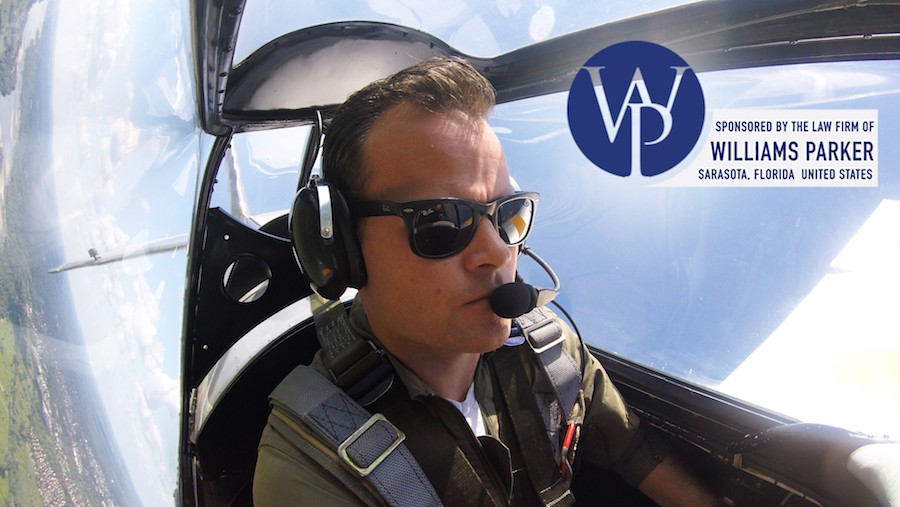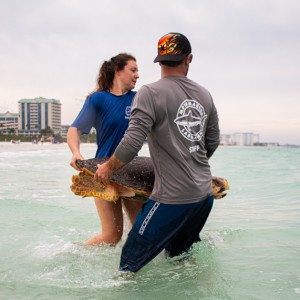From the Cockpit Part 30: de Havilland DHC-1 Chipmunk
Todays News
SRQ DAILY FRESHLY SQUEEZED CONTENT EVERY MORNING
THURSDAY JUL 27, 2017 |
BY PHILIP LEDERER
Pictured: Ryan Rankin flies the de Havilland DHC-1 Chipmunk. Photo courtesy of Ryan Rankin.
Editor’s Note: This is part 30 of an ongoing series documenting the flights of active-duty US Navy Pilot Ryan Rankin on his journey to fly 52 planes in 52 weeks through the year 2017.
In a small grassy airstrip set into the farmland surrounding Konstancin, Poland, Rankin sits in the cockpit of a de Havilland DHC-1 Chipmunk with the plane’s owner, Jacek Mainka. Ready for takeoff, one obstacle lay in their path—a small lane bisecting the runway from the hangar, where cyclists and motorists putter past a blind corner. A couple friends walk into the road to stop traffic and the Chipmunk lumbers forward, drivers stepping out of their cars to take pictures as the old warbird crosses. In Poland, these old fighter planes are rare, says Rankin, and the three that Mainka owns always draw a crowd.
Introduced in 1946 as a primary trainer, the Chipmunk replaced the wooden biplane trainers of the WWII-era (see: From the Cockpit parts two and 27) with something much sleeker and advanced. With its metal construction and canopied cockpit, the Chipmunk not only brought a fierce new look, but also an array of technological advancements that would quickly become standard, such as strakes—fins or flanges affixed to the fuselage to reduce spin mid-flight. But while both the RAF and RCAF (Royal Canadian Air Force) ordered hundreds of Chipmunks, aviation technology began to advance at such a pace that the aircraft was outstripped in a mere nine years. “It didn’t fly for too long,” says Rankin, “but it was very good at what it did, when it did it.”
However, known as the “poor man’s Spitfire,” which Rankin assures is a term of endearment, the Chipmunk was not forgotten entirely. The RAF still technically keeps a squadron on active duty to train pilots to fly Spitfires for the Battle for Britain Memorial Flight.
Taking the Chipmunk for a spin (and a few loops), Rankin and Mainka cruised the skies for roughly 45 minutes, allowing Rankin to get a feel for the aircraft and test its aerobatic capabilities. Quickly becoming one of Rankin’s favorites, control was “straightforward and fun” and “easy to fly,” he says, with none of the quirks or oddities of other aircraft that demand pilot compensation and attention, sometimes introducing stress into the flight. Soaring through the air in the Chipmunk, “it’s just a well-built machine,” says Rankin.
For more about the flight in Rankin's own words and a video of the flight, follow the link below.
Pictured: Ryan Rankin flies the de Havilland DHC-1 Chipmunk. Photo courtesy of Ryan Rankin.
« View The Thursday Jul 27, 2017 SRQ Daily Edition
« Back To SRQ Daily Archive












